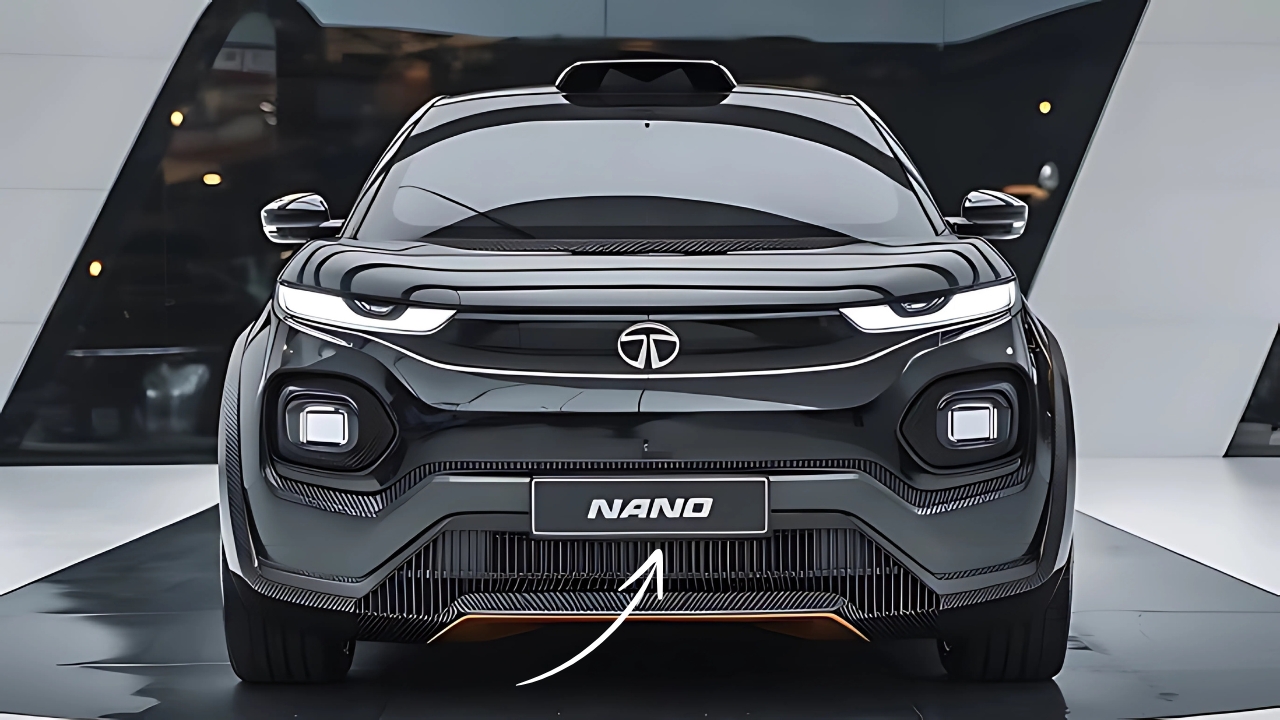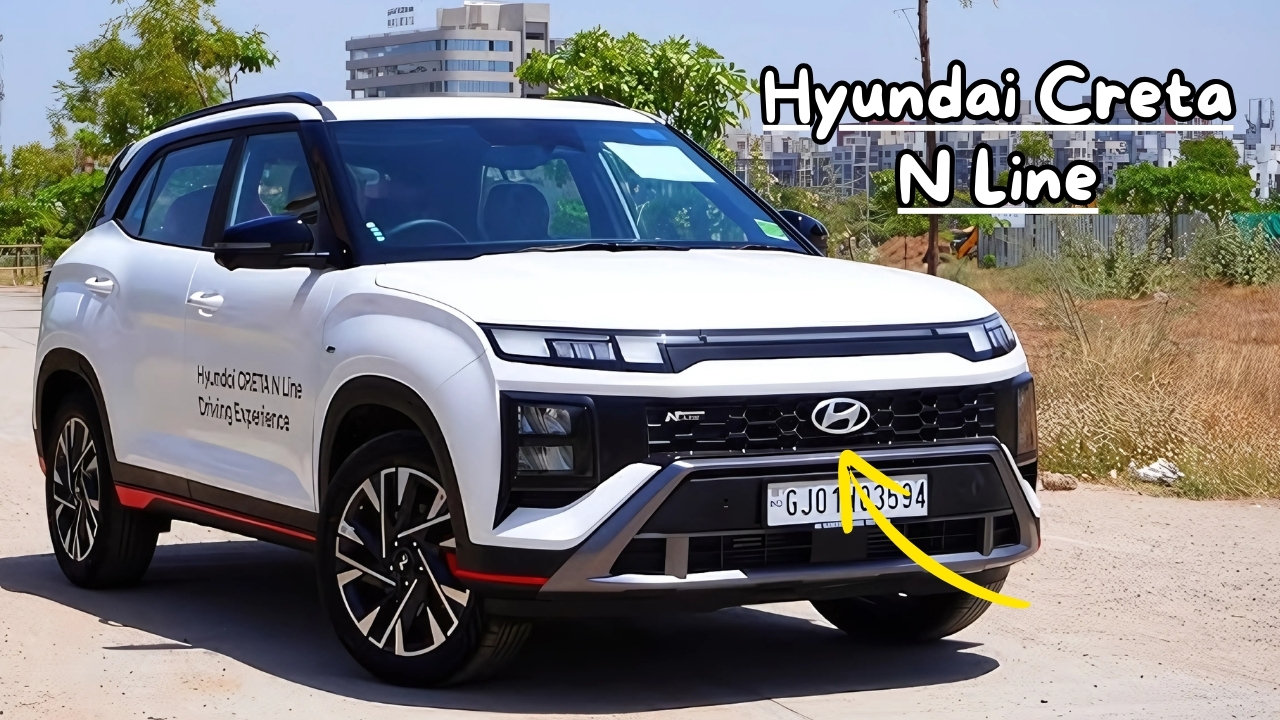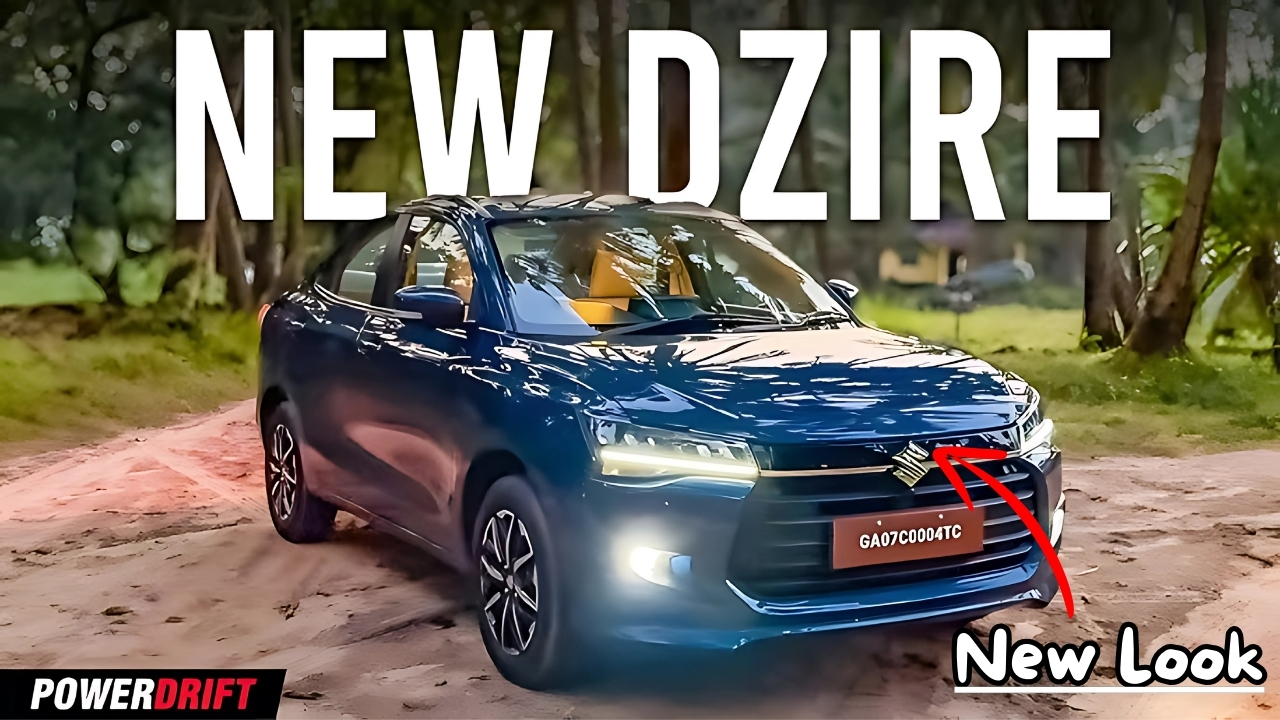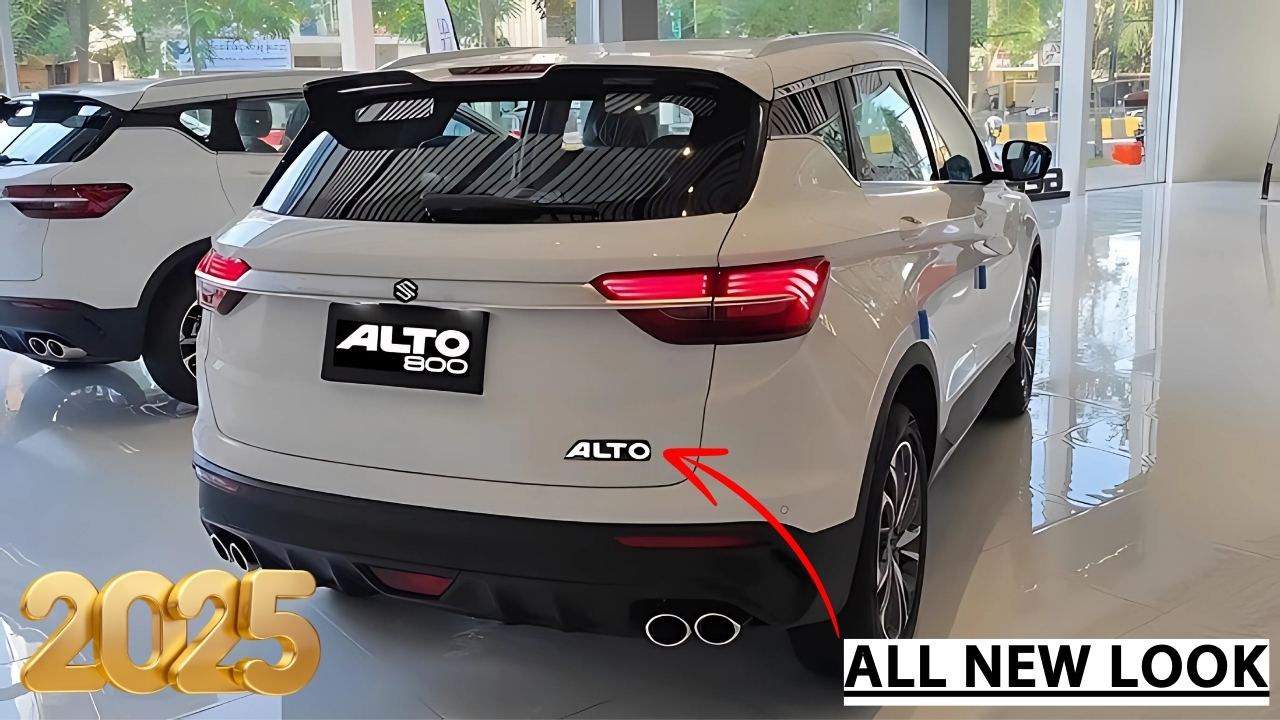Tata Nano EV : In an exciting move for the Indian automotive scene, Tata Motors is set to bring back the beloved Nano, this time as an all-electric vehicle.
The Tata Nano EV is more than just a revival; it marks a significant leap toward sustainable transportation.
In this blog post, we’ll explore the expected launch timeline, pricing details, and performance prospects of the Tata Nano EV, examining how this compact car might revolutionize the electric vehicle sector in India.
Though Tata Motors hasn’t released a specific launch date for the Nano EV, industry experts are buzzing with speculation. Drawing from current trends and Tata’s plans for electric vehicles, we can make some educated projections:
-
Expected Launch Window: The Nano EV is anticipated to enter the market sometime in late 2025 or early 2026.
-
Phased Roll-out: Tata might adopt a gradual launch approach, starting in major cities and then reaching tier-2 and tier-3 locations.
-
Pre-launch Activities: Look forward to teasers and concept updates, as well as early booking options, as the launch date approaches.
It’s essential to consider that global supply chain issues and the changing regulations surrounding electric vehicles in India could impact the actual launch dates. Tata Motors is likely keeping quiet on specifics to retain an edge in the competitive EV market.
Price Range: Affordability Meets Electrification
One of the most exciting aspects of the Tata Nano EV is its expected pricing. Renowned for its budget-friendly appeal, the original Nano might influence Tata’s approach to pricing this electric version. Here’s what we can foresee:
-
Estimated Price Range: Analysts suggest the Nano EV could be priced between ₹6 lakh and ₹9 lakh (ex-showroom).
-
Variant Strategy: It’s likely that multiple variants will be available, featuring different battery sizes and features to cater to varying budgets.
-
Competitive Positioning: At this price point, the Nano EV could emerge as one of India’s most affordable electric vehicles, potentially outpricing competitors like the MG Comet EV (starting at ₹6.99 lakh) and the Tata Tiago EV (starting at ₹7.99 lakh).
Several factors may influence the final pricing:
-
Battery costs are expected to decline over time.
-
Government incentives for EVs may play a role.
-
Localizing parts to cut manufacturing expenses could also help.
Tata Motors’ established supply chains and manufacturing capabilities could significantly contribute to lowering costs. Their experience with other electric models, such as the Nexon EV and Tigor EV, will likely assist in optimizing expenses for the Nano EV.
Tata Nano EV Range and Performance: Small Size, Big Ambitions
When it comes to urban electric vehicles, range is essential. The Nano EV is expected to find a sweet spot between being compact and providing a useful range:
-
Projected Range: Initial estimates suggest the Nano EV will offer 200-250 km on a single charge.
-
Battery Capacity: To achieve this range, the Nano EV may feature a battery pack between 20-25 kWh.
-
Charging Options:
-
Standard home charging (about 3.3 kW) will facilitate overnight charging.
-
DC fast charging capabilities for quicker recharges while out and about.
-
On the performance front, the Nano EV is expected to be sprightly, making it well-suited for city driving:
-
Motor Power: It should be in the range of 40-50 kW (54-67 hp).
-
Torque: Instant torque will offer quick acceleration.
-
Top Speed: Anticipated to be around 100-120 km/h, focusing on efficiency over outright speed.
The Nano EV’s compact design and lightweight frame may bolster its energy efficiency, potentially positioning it among the most efficient electric vehicles in India.
Tata Nano EV Design and Features: Modernizing an Icon
The Nano EV is expected to retain the quirky charm of the original model while incorporating modern design elements:
-
Exterior: Anticipated enhancements include LED lighting, aerodynamic refinements, and an array of vibrant color options.
-
Interior: Expect upgraded materials, a digital instrument cluster, and potentially a touchscreen infotainment system for higher trims.
-
Safety Features: Standard safety offerings are likely to include dual airbags, ABS with EBD, and rear parking sensors across all variants.
Market Impact and Competition
The arrival of the Tata Nano EV could have a profound effect on the Indian automotive landscape:
-
Accelerated EV Adoption: By providing an affordable electric option, Tata is poised to significantly enhance EV adoption across the country.
-
Competition Response: Other manufacturers may hasten their own budget EV plans in response to Tata’s launch.
-
Infrastructure Development: An uptick in demand for budget-friendly EVs could lead to faster growth in electric charging infrastructure.
The Nano EV is entering a competitive space, with significant rivals including:
-
MG Comet EV
-
Citroen eC3
-
Upcoming affordable EVs from Maruti Suzuki and Hyundai
Challenges and Opportunities
While the future for the Tata Nano EV looks promising, it faces certain challenges:
-
Battery Supply Chain: Ensuring a reliable and cost-effective battery source will be critical.
-
Perception Management: Addressing any lingering mixed feelings from the original Nano’s reception will be necessary.
-
Balancing Cost and Features: Maintaining an appealing price while providing competitive features and range is crucial.
Nevertheless, Tata Motors is well-equipped to tackle these hurdles:
-
Integrated Supply Chain: Tata’s investment in local battery production through Agratas could be a vital asset in managing costs.
-
Brand Trust: Success with previous EV models has strengthened consumer confidence in Tata’s electric cars.
-
Government Support: The Indian government’s push for electric vehicles, complete with incentives and infrastructure development, could aid the Nano EV’s success.
The Bigger Picture: India’s EV Revolution
As the Tata Nano EV prepares for launch, it joins a larger electric vehicle transformation sweeping across India. Projections indicate the country’s EV market could experience a compound annual growth rate (CAGR) of 43% from 2024 to 2030, potentially hitting 932,000 units annually by the decade’s end.
This growth is fueled by various catalysts:
-
Government Initiatives: Schemes like FAME II, along with state-level incentives, are increasingly attractive to consumers.
-
Improving Infrastructure: A rapid increase in public charging stations addresses common concerns about range.
-
Increasing Consumer Awareness: Growing environmental awareness and the long-term financial benefits of EVs are influencing consumer choices.
With its potential for disruptive pricing and Tata’s established footing in the EV sector, the Nano EV could play a pivotal role in hastening this movement.
Tata Nano EV Conclusion: A New Chapter in India’s EV Story
The Tata Nano EV symbolizes more than just a revival of a cherished name; it represents India’s commitment to making sustainable transport accessible for the masses. By merging affordability with electric mobility, Tata Motors is poised to write a fresh chapter in India’s automotive narrative.
As we eagerly await the official launch of the Tata Nano EV, it’s evident that this small vehicle carries towering expectations. If successful, it could be the spark that ignites a genuine electric revolution on Indian roads, providing clean, efficient transportation options for millions.
The automotive world watches with keen interest as Tata gears up to unveil what may become a transformative vehicle. The Nano EV could prove that great things indeed come in compact, electric-driven packages.
In the fast-evolving Indian electric vehicle landscape, the Tata Nano EV represents a beacon of innovation, cost-effectiveness, and sustainability. Its launch holds the potential to redefine how electric mobility is democratized in India, likely establishing new standards for the industry and ushering in a greener future for transportation on Indian roads.






